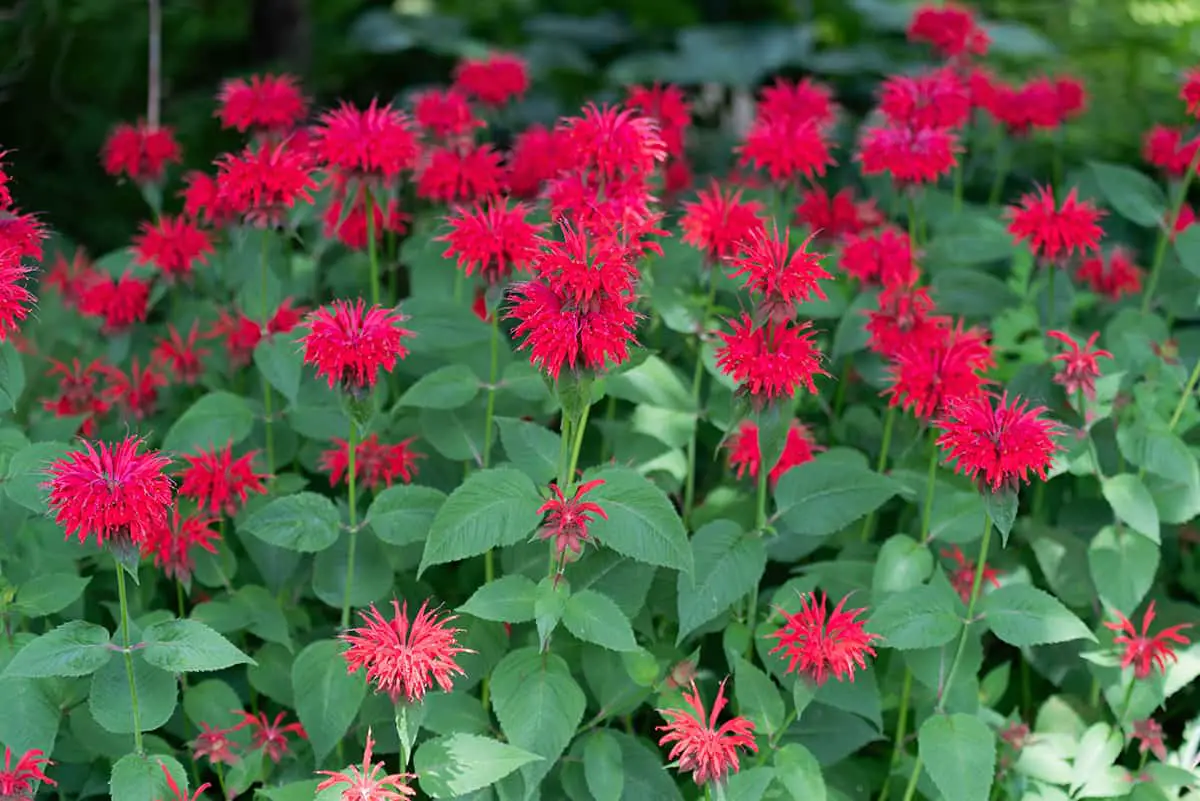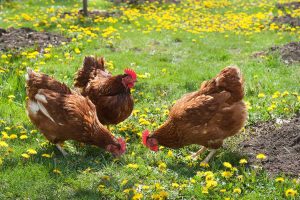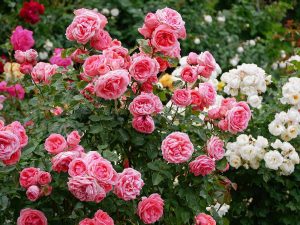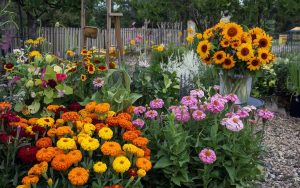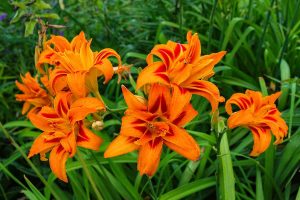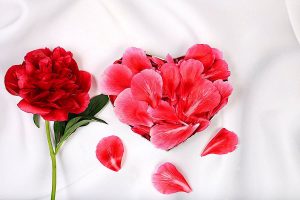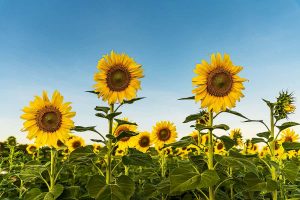Starting with a small bee balm plant in your backyard can lead to a lush, blooming spectacle by summer, buzzing with bees, butterflies, and hummingbirds. This perennial is a feast for the eyes and incredibly easy to grow and care for. Whether you’re a gardening novice or a seasoned green thumb, bee balm offers a rewarding experience with its low maintenance needs and high-impact beauty.
Here’s how to nurture this charming plant in your garden.
| Common Name | Bee Balm |
| Botanical Name | Monarda didyma |
| Family | Lamiaceae |
| History & Origin | Native to North America, traditional medicinal uses |
| Plant Type | Herbaceous perennial |
| Mature Size | 2-4 feet tall, 2-3 feet wide |
| Sun Exposure | Full sun to partial shade |
| Soil Type | Rich, well-draining |
| Soil pH | Slightly acidic to neutral (6.0-7.0) |
| Temperature | Prefers cool temperatures, frost-tolerant |
| Watering | Keep soil consistently moist |
| Fertilizing | Light feeding; use low-nitrogen fertilizer annually |
| Bloom Time | Summer |
| Flower Color | Red, pink, purple, white |
| Hardiness Zone | Zones 4-9 |
| Toxicity | Non-toxic to humans and pets |
| Common Problems | Powdery mildew, rust, and root rot |
Table of Contents
History & Origin of Bee Balm
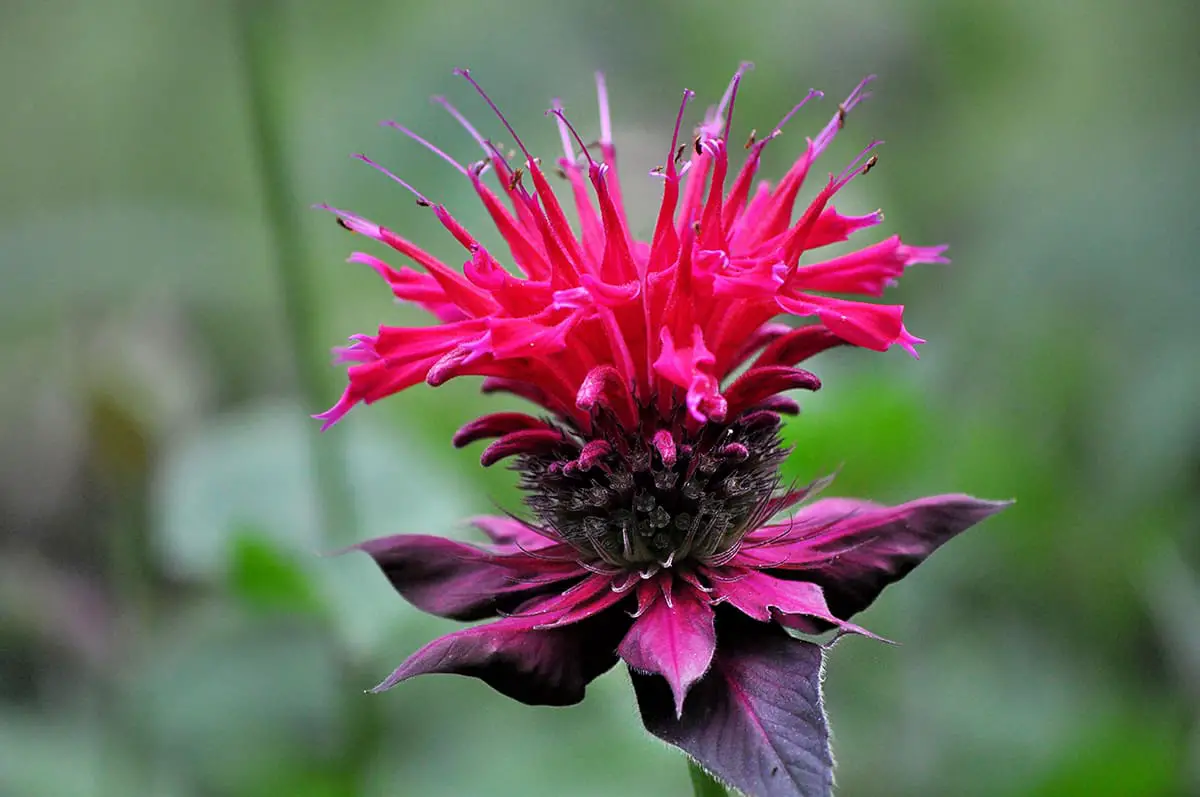
Bee balm has a rich history, with Native Americans and early European settlers using it for medicinal purposes. The genus name Monarda comes from the Spanish botanist Nicolas Monardes, who documented numerous plants from the New World. One of its common names, Oswego tea, was coined after the Oswego Native Americans who used the plant to make herbal tea. It was also a popular remedy for soothing bee stings, which led to the name “bee balm”.
With its native range spanning across the North Carolina mountains and the eastern United States, bee balm is well-suited for a variety of climate conditions. Today, you can find it growing along roadsides, prairies, and in many gardens across the country due to its hardiness and lovely appearance.
Varieties of Bee Balm
There are several varieties of bee balm, each with different colors, shapes, and sizes. Some of the popular species include Monarda didyma, which has vibrant red flowers, Monarda fistulosa with lavender or pink blooms, and Monarda citriodora, which is known for its lemon-scented foliage.
Moreover, hybrid cultivars such as ‘Jacob Cline’, ‘Marshall’s Delight’, and ‘Raspberry Wine’ have been developed to showcase unique color combinations and improved resistance to diseases like powdery mildew.
Planting Bee Balm
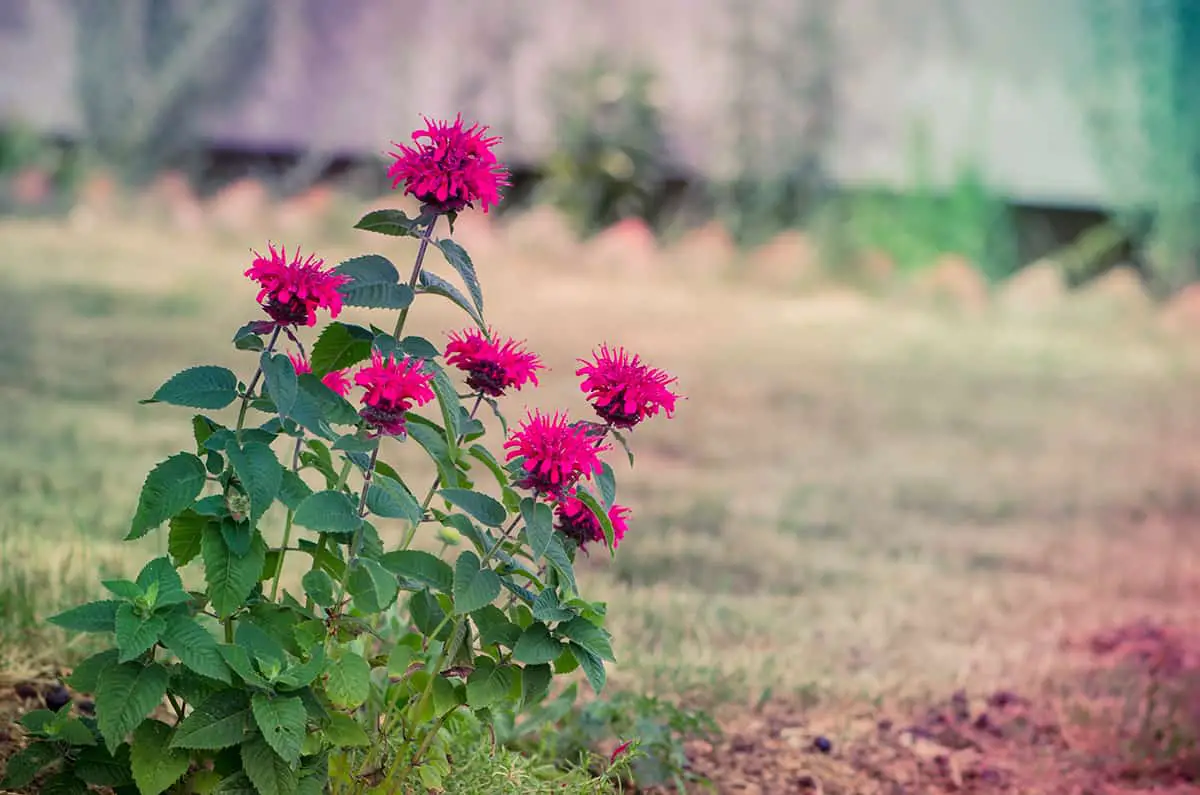
Timing and Season
To grow healthy bee balm, it is essential to choose the right time for planting. Bee balm seeds or seedlings should be planted in spring after the risk of frost has passed.
This timing ensures that your plants have a full growing season ahead, allowing them to establish strong roots and produce vibrant blooms. Additionally, planting in the spring aligns with bee balm’s natural bloom time, which is from June to July.
Seed Starting Indoors
If you want to get a head start on growing bee balm, begin by starting seeds indoors about 8 to 10 weeks before the last expected frost. Sow seeds in pots or seed trays filled with moist, well-draining soil. Lightly cover the seeds with soil, as they need some exposure to sunlight for germination.
Place the trays or pots in a warm area, ideally with temperatures ranging between 68 to 72°F. It usually takes about 10 to 14 days for the seeds to germinate. Once the seedlings have grown two sets of true leaves, you can begin the hardening-off process, gradually exposing them to outdoor conditions.
Transplanting Seedlings
When it’s time to transplant your bee balm seedlings outdoors, select a site that receives at least six hours of direct sun each day. Bee balm prefers moist, well-drained soil, so be sure to amend your chosen area with organic matter if necessary. Space your plants 2 to 2.5 feet apart to promote good air circulation, which can help prevent diseases such as powdery mildew.
Dig a hole slightly larger than the root ball, place the seedling, and gently fill the hole with soil. Water the newly planted bee balm thoroughly to settle the soil around the roots.
Growing and Caring For Bee Balms
Sunlight
Bee balm plants thrive well in full sunlight. A minimum of 6 hours of direct sunlight per day is beneficial. If you live in a hot climate, some afternoon shade can offer them some relief from the intense sun.
Soil
Bee balm plants prefer moist, well-draining soil. They grow well in loamy and slightly acidic soil. Amend the soil with compost to improve its fertility and structure, enhancing plant growth.
Climate and Temperature
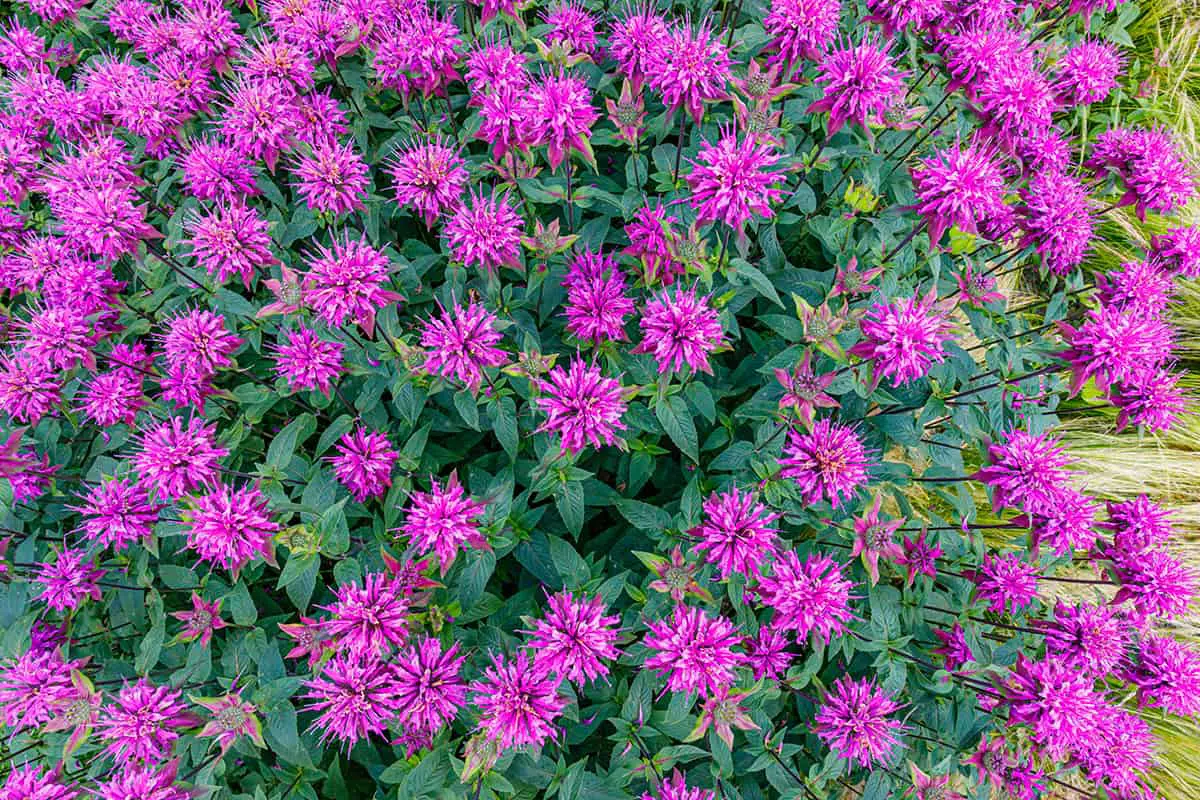
Bee balm plants have a wide range of climate tolerance, but they grow best in moderate temperatures. They can tolerate some heat, but too much can cause stress and reduce their health.
In cooler areas, bee balm can handle light frosts but protect them in case of heavy frost or freezing temperatures. Regular watering and proper care help them withstand various climatic conditions.
Watering
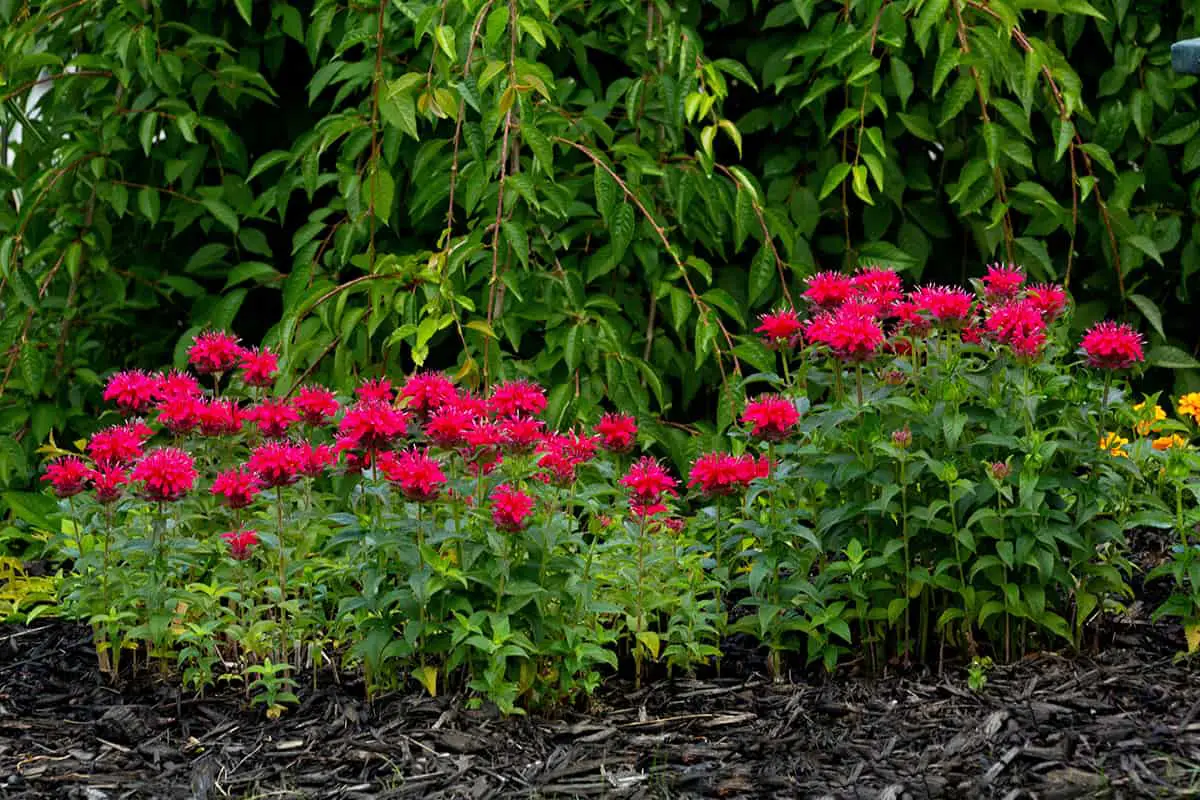
Bee Balm plants thrive in moist soil, but it’s essential to avoid over-watering. You should water your plants deeply and infrequently, aiming for about one inch of water per week. Be sure to monitor rainfall as it contributes to the water requirements. Water at the base of the plant to minimize wetting the foliage, which can help prevent diseases like powdery mildew.
Fertilization
Given their modest nutrient requirements, Bee Balm plants typically do not require much fertilization. However, applying a balanced, slow-release fertilizer in the spring can promote healthy growth. If the soil is lacking in nutrients, consider adding compost or well-rotted manure as an organic alternative.
Pruning and Deadheading
Proper pruning and deadheading are crucial for maintaining a healthy and attractive Bee Balm plant. In early spring, cut back the previous year’s growth to a few inches above the ground. This promotes new growth and allows air circulation around the plant.
As the flowers fade during the growing season, deadhead the spent blossoms to encourage continuous blooming and prevent the plant from going to seed. In the fall, after the plant is dormant or when preparing the garden for winter, prune the plant back to the ground to minimize overwintering diseases and pests.
Propagation Methods
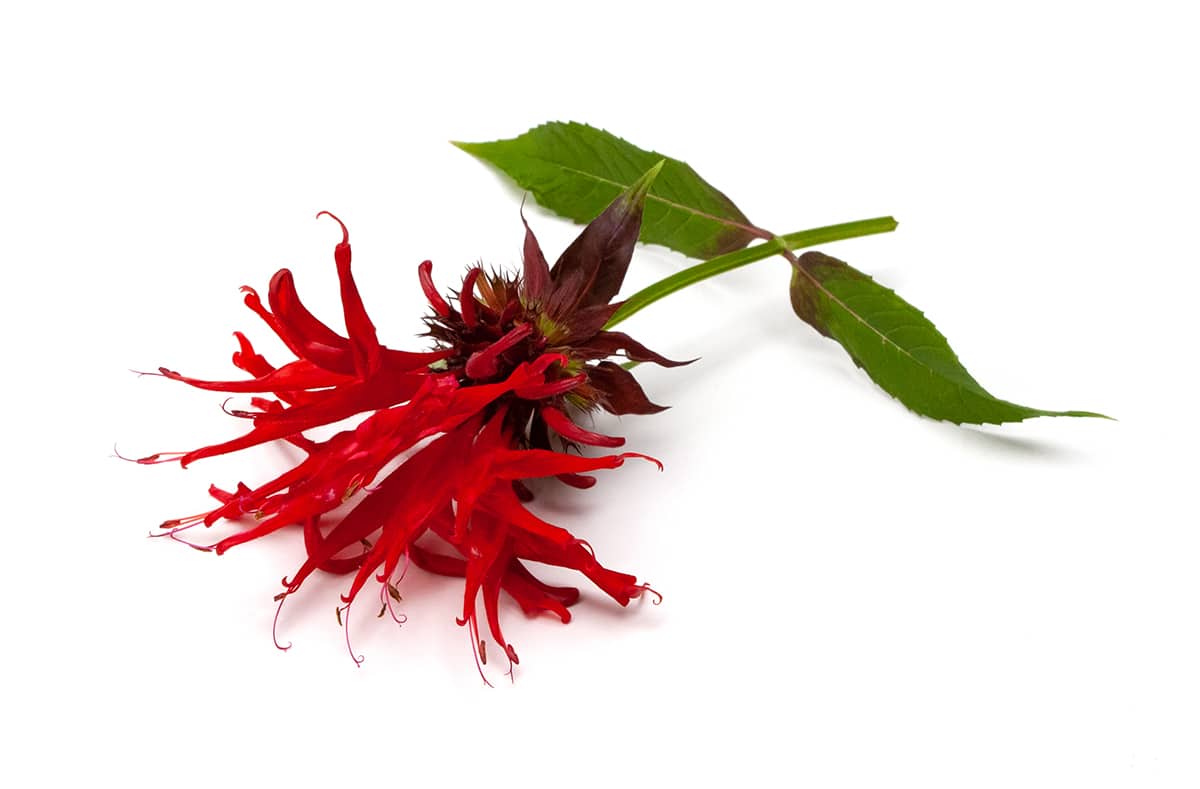
Division of Clumps
One effective method to propagate bee balm is by division of clumps. To do this, you should first identify a mature plant with a healthy root system. Usually, clumps can be divided during early spring or fall. Carefully dig around the plant, keeping a safe distance to avoid damaging the roots. Gently lift the clump out of the ground and use a clean, sharp spade or knife to split the clump into smaller sections. Ensure each section has a good portion of roots and a few healthy stems.
Before replanting the divided clumps, prepare your garden bed by removing any weeds and amending the soil with organic matter, if needed.
Space the new plants about 18 to 24 inches apart to provide adequate air circulation and reduce the risk of diseases such as powdery mildew. Water them regularly as they establish themselves in their new location.
Cuttings
Another way to propagate bee balm is through cuttings. The ideal time for taking cuttings is during late spring or early summer when the plant is actively growing. Choose a healthy stem with several sets of leaves and make a clean cut just below a node, leaving about 4 to 6 inches of stem. Remove the lower leaves, keeping only the top pair, and dip the cut end into a rooting hormone.
Prepare a small pot with a well-draining potting mix and insert the cutting, taking care not to damage the cut end. Make sure the remaining leaves do not touch the soil. Cover the pot with a plastic bag or a propagation dome to maintain humidity, and place it in a well-lit area without direct sunlight.
Be sure to keep the soil consistently moist, and within a few weeks, your bee balm cutting should develop roots. Once it has a strong root system, you can transplant it to your garden.
Pests and Diseases
Common Pests
One problem you may encounter when growing bee balm is powdery mildew, which creates a white coating on the leaves. This disease thrives in humid conditions and can be controlled by increasing air circulation around the plants and avoiding overhead watering. Additionally, consider using fungicides or horticultural oils to manage the issue.
Bee balm may also attract pests, such as aphids and spider mites. You can control these pests by regularly inspecting your plants and applying insecticidal soap or horticultural oil if necessary.
Preventing Diseases
Ensuring that your bee balm receives proper care can help prevent diseases. When planting bee balm, choose a location with at least six hours of direct sun each day and space the plants 2 to 2½ feet apart. This spacing promotes airflow and reduces the chance of diseases.
Another essential practice is to avoid excessive watering, as this can lead to root rot. Instead, water the plants deeply but infrequently. Finally, don’t forget to keep your garden clean by removing dead plant material promptly to minimize the occurrence of pests and diseases.
Harvesting and Usage
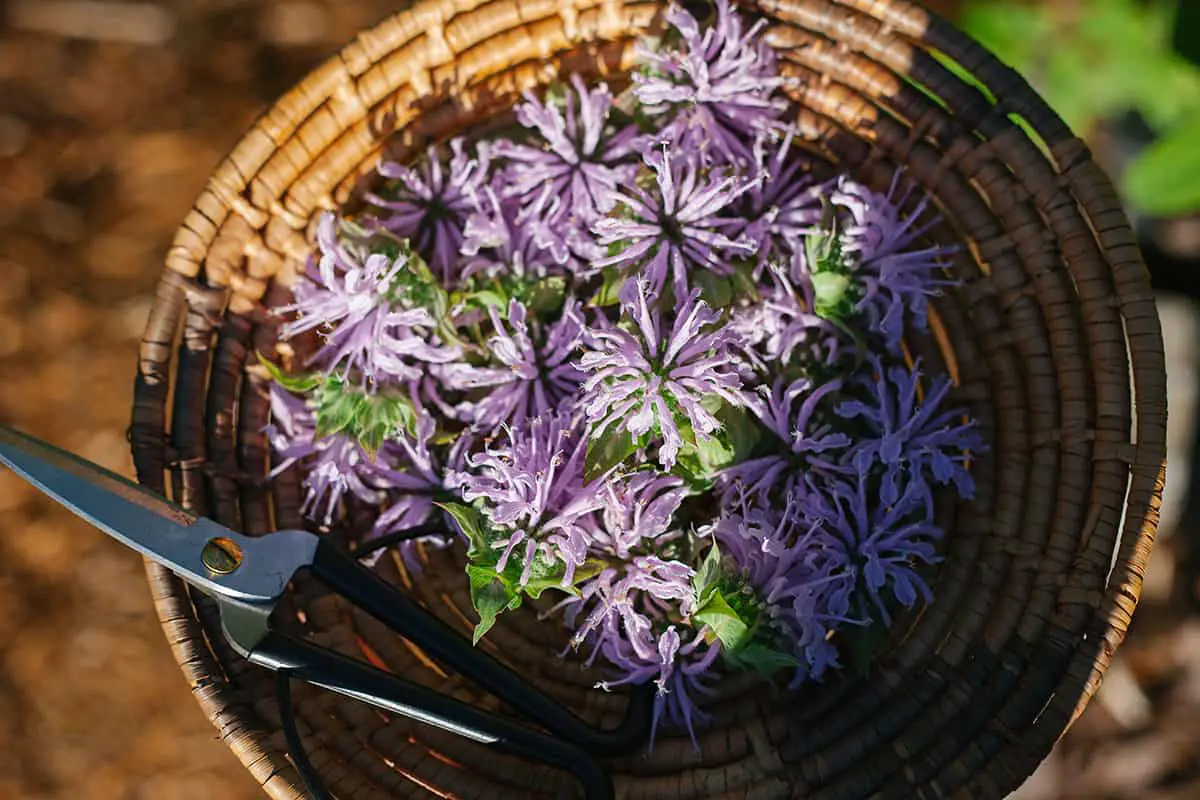
Collecting Seeds
To collect bee balm seeds, wait until the flower heads dry out. Gently rub the seed heads between your fingers, releasing the seeds onto a paper bag or cloth. Store the seeds in a cool, dark place until you’re ready to plant them.
Culinary Uses
Bee balm has a variety of culinary uses, particularly in making tea. The leaves of the plant have a minty aroma and can be used fresh or dried. To make a delicious herbal tea, simply steep the leaves in hot water for a few minutes. Apart from tea, the fragrant leaves can be incorporated into salads or used as a garnish for dishes.
Medicinal Benefits
Bee balm is valued not only for its beauty in the garden but also for its medicinal properties. It has long been used by Native Americans to make a “sweating tea”, which can help alleviate fever and cold symptoms.
The plant’s antiseptic properties are also useful in treating minor cuts and wounds. Additionally, the bee balm’s leaves were once applied to alleviate the pain from bee stings, contributing to its common name. Always consult a healthcare professional before using bee balm for medicinal purposes.
